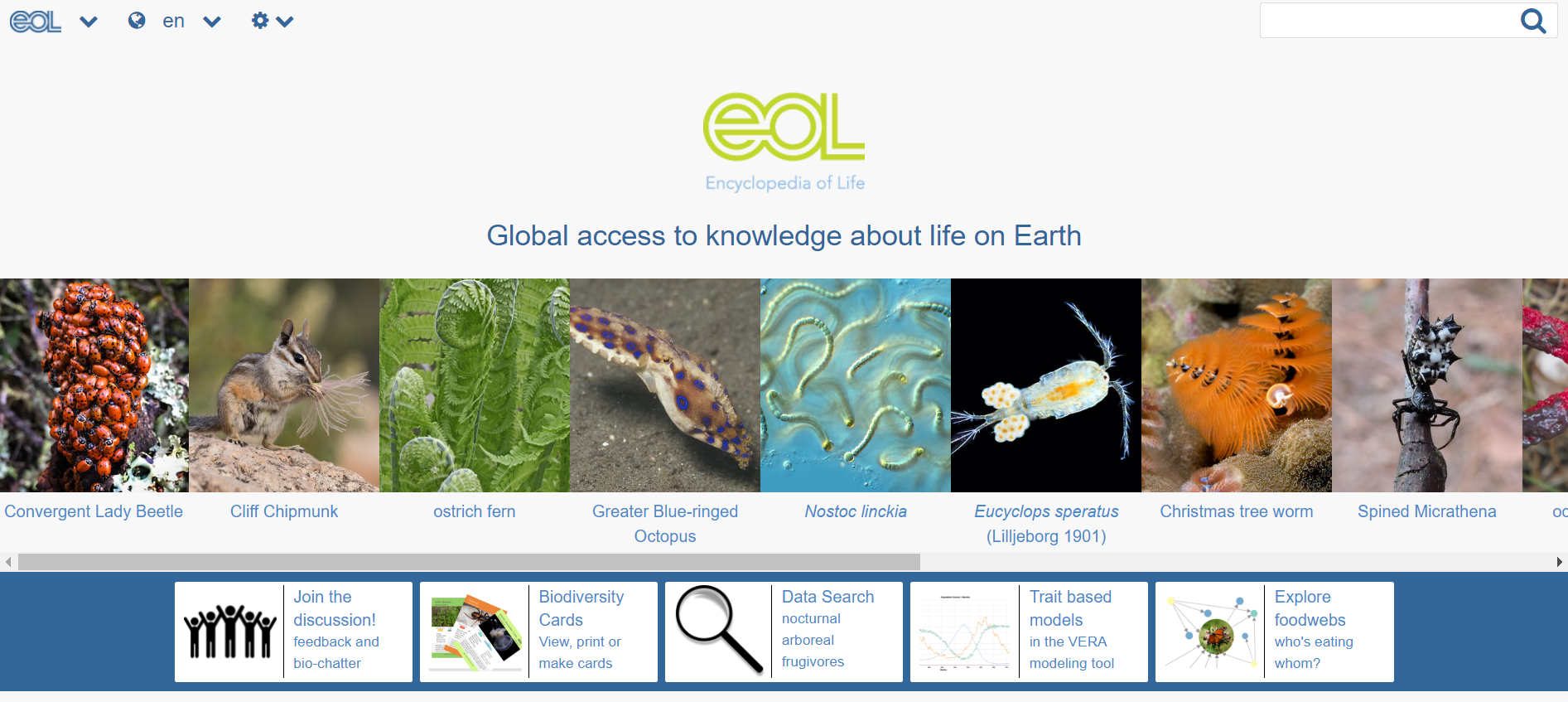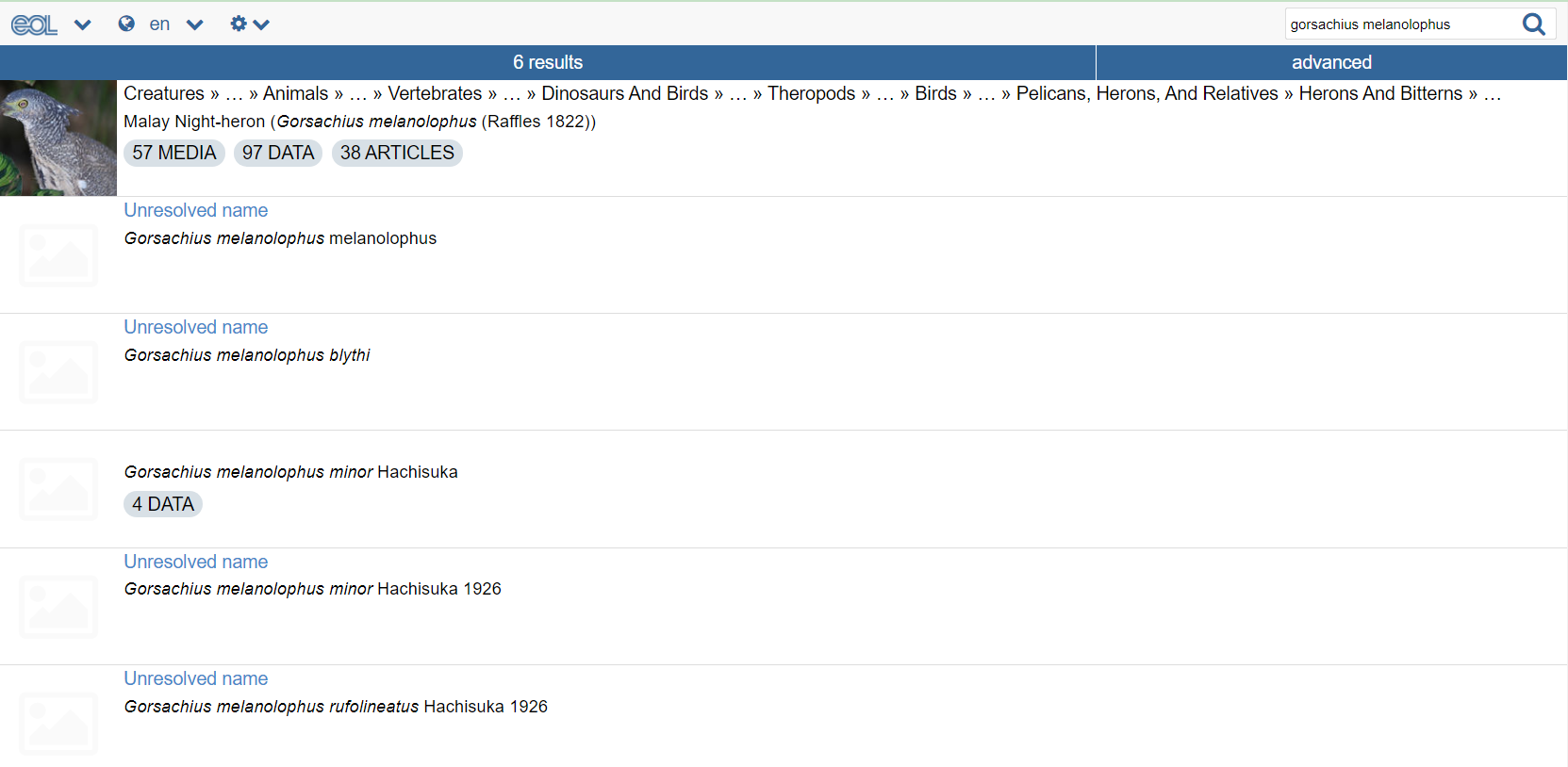Introduction of Encyclopedia of Life-Global access to knowledge about life on Earth
An encyclopedia is a comprehensive and authoritative source of information on various topics and an important reference book. Traditional encyclopedias contain articles or entries written by experts based on past studies, with detailed and systematic explanations. An encyclopedia is useful when you want to learn more about a specific person, event, object, theory, technique, definition, or history. Perhaps you’ve heard of the Encyclopedia Britannica, but did you know the Encyclopedia of Life (EOL)?
Encyclopedia of Life (EOL) is a free, open-access resource that anyone can access, not limited to NTU campus. It is an international project initiated by Edward Osborne Wilson, the father of biodiversity and a renowned entomologist, naturalist, and biologist. The project is led by the National Museum of Natural History under the Smithsonian Institution in the US.
EOL began in 2008 with the goal of providing global access to knowledge about life on Earth. Scholars worldwide have contributed to collecting and integrating information on the known species on Earth on a website. The website displays each species on a webpage and allows unlimited expansion.
EOL is edited through online collaboration. Users can register for membership to provide information on species. The content includes word descriptions, pictures, images, sounds, and other multimedia information to record the habitats and habits of the species. The content is identified and released by experts to ensure its quality, and it also includes content from the Biodiversity Heritage Library and other research organizations.
EOL provides reliable information on known species through free, open-access, multilingual, digital platform to enhance people’s knowledge and understanding of the natural environment. It has now become the world’s biggest free biodiversity information resource, and Taiwan joined as the 16th partner country in 2012.
Currently, EOL contains nearly 2 million species’ information for researchers from every field, ecological-related professionals, and even ordinary people to check and refer to.
The following introduction uses the search results on EOL:
Take the common bird, Malayan night heron (Gorsachius melanolophus), on the NTU campus as an example.
Click on the bracket in the upper right corner to search, then select and click on the result page. It will display the creature’s overview, data, media articles, maps, and names.
- Overview
Browse the species information. This page provides a simple description of the species, the habitat, the habits, characteristics, spots of discovery, and its images.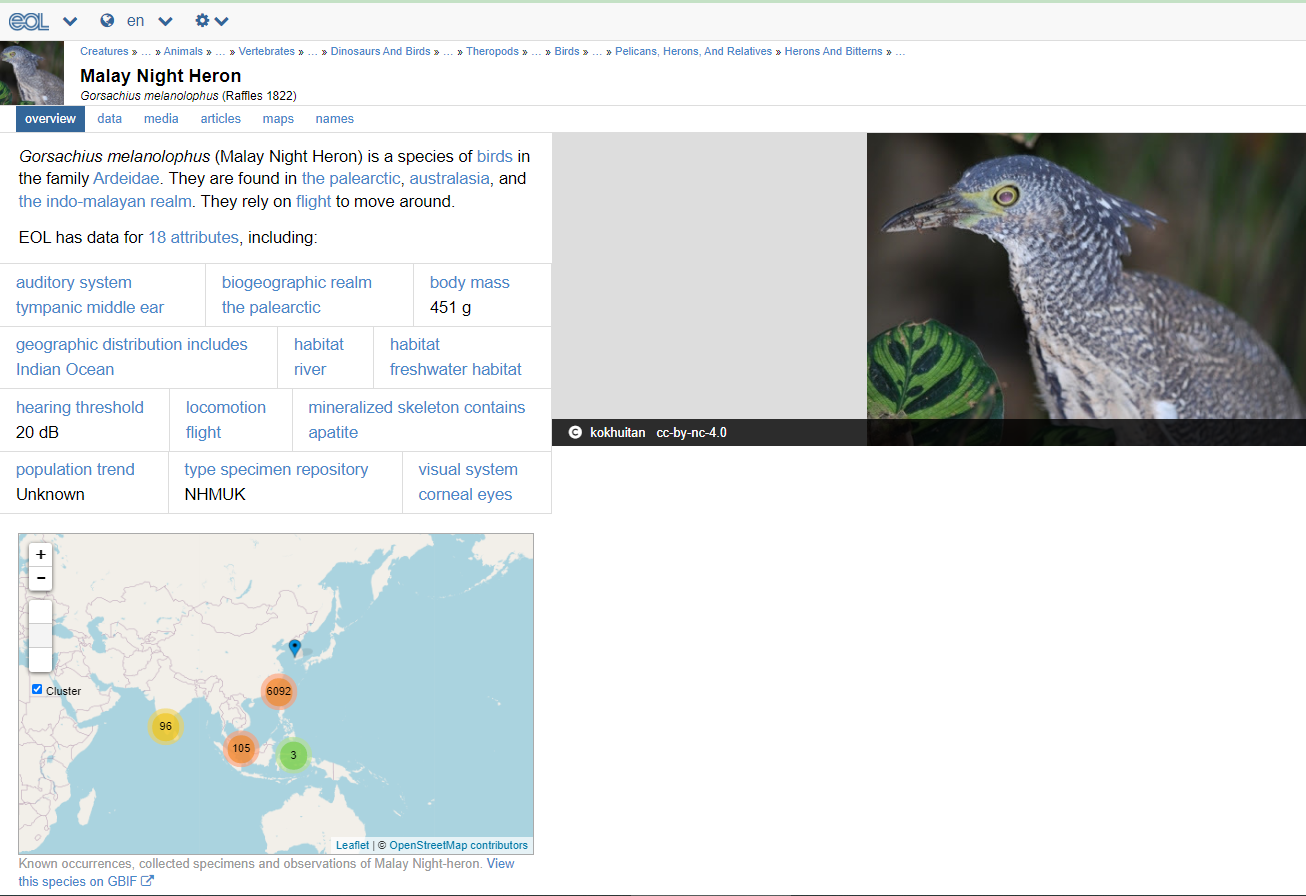
- Data
Introduces different traits and their sources by their difference in records and traits. Take Gorsachius melanolophus as an example; the provided information includes: are parasitized by, auditory system, body mass, conservation status, eat, ecoregion, geographic distribution, habitat, have ectoparasite, hearing range, hearing threshold, latitude, locomotion, longitude, mineralized skeleton contains, population trend, sexual system, type specimen repository and visual system.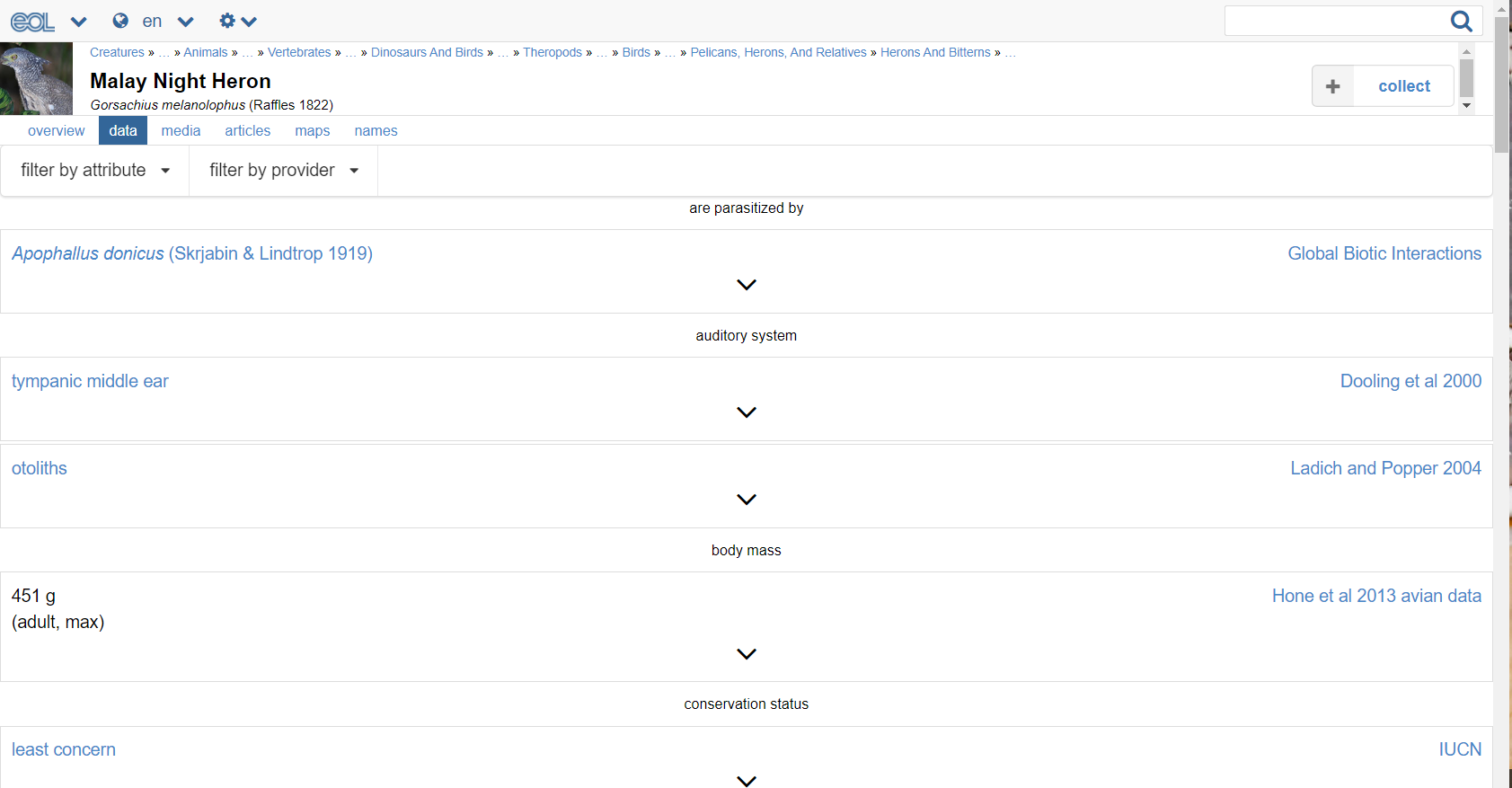
- Media
It provides images, videos, sounds, and other multimedia content of the species and includes different kinds of Creative Commons license modes for sharing.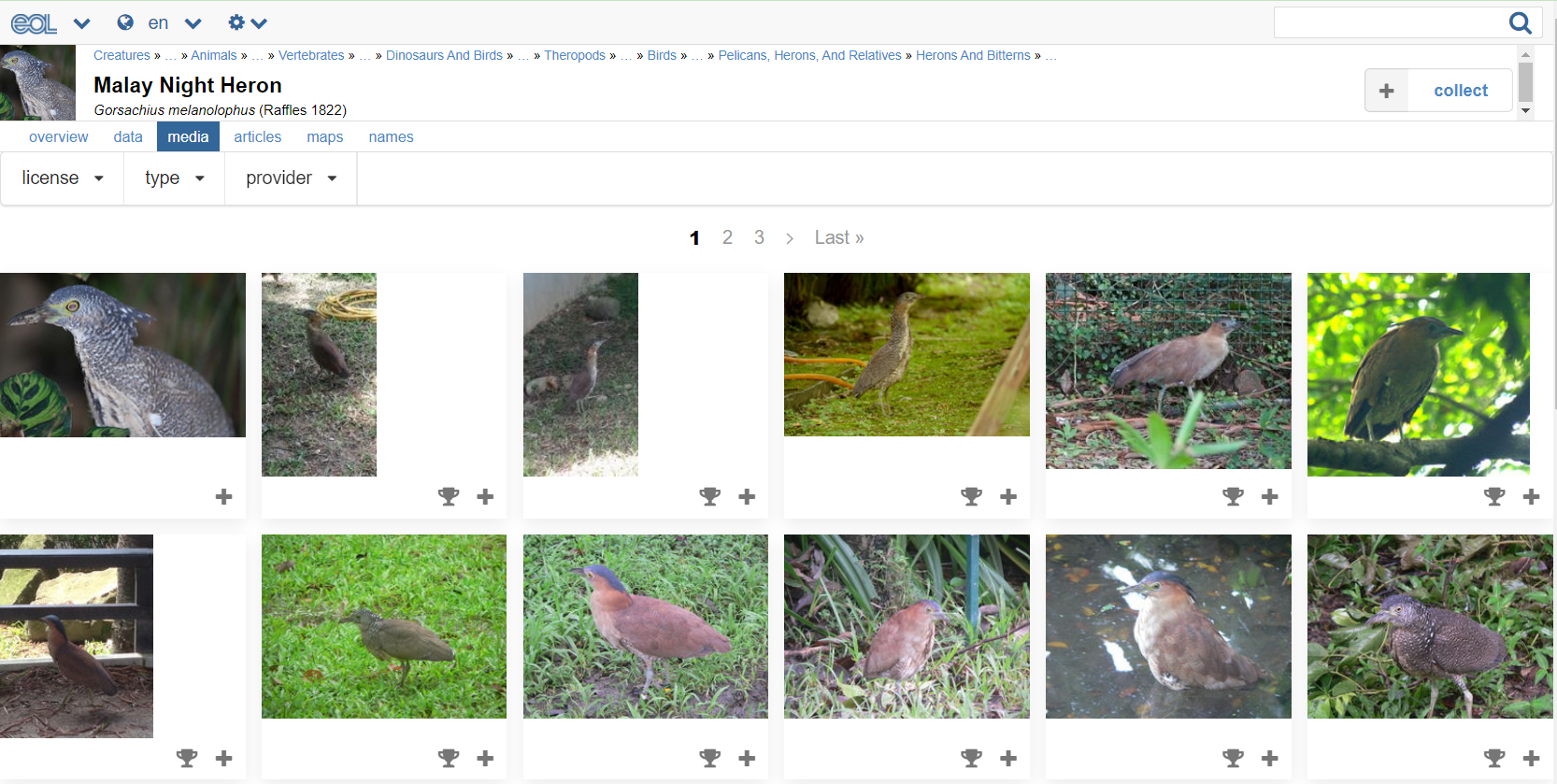
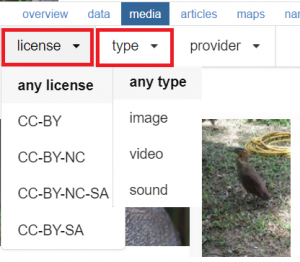
- Articles
Provides introduction articles for the species. The contents are from EOL authors, cooperating organizations, or sources like Wikipedia and have marked permission, copyright, citations, and authors.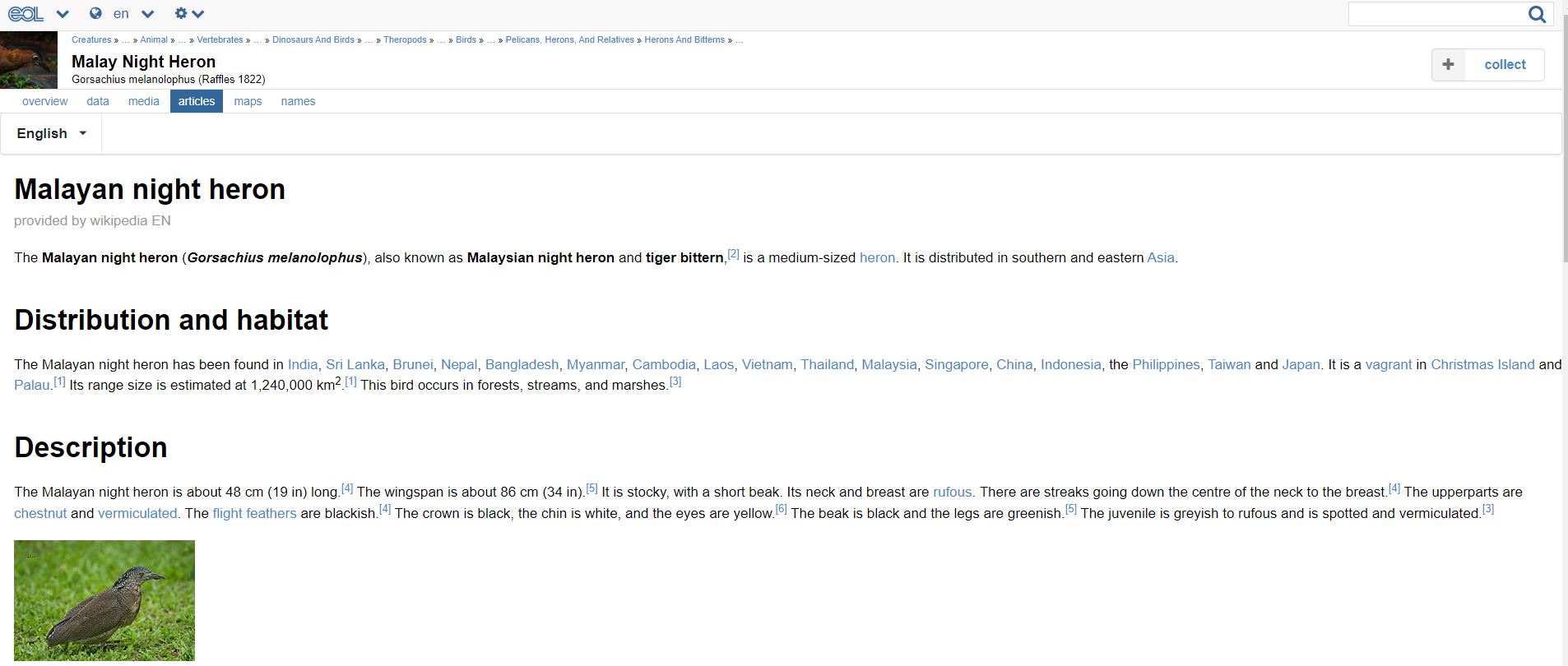
- Maps
The places where the species was observed and recorded. You can scroll by the mouse or the toolbar with + – to zoom in or zoom out to adjust the scope of the map. In addition, every item has its catalog number, source, publisher, dataset, recorder, and date. For example, you can see that the most recorded place of the Malayan night heron is in Taipei City.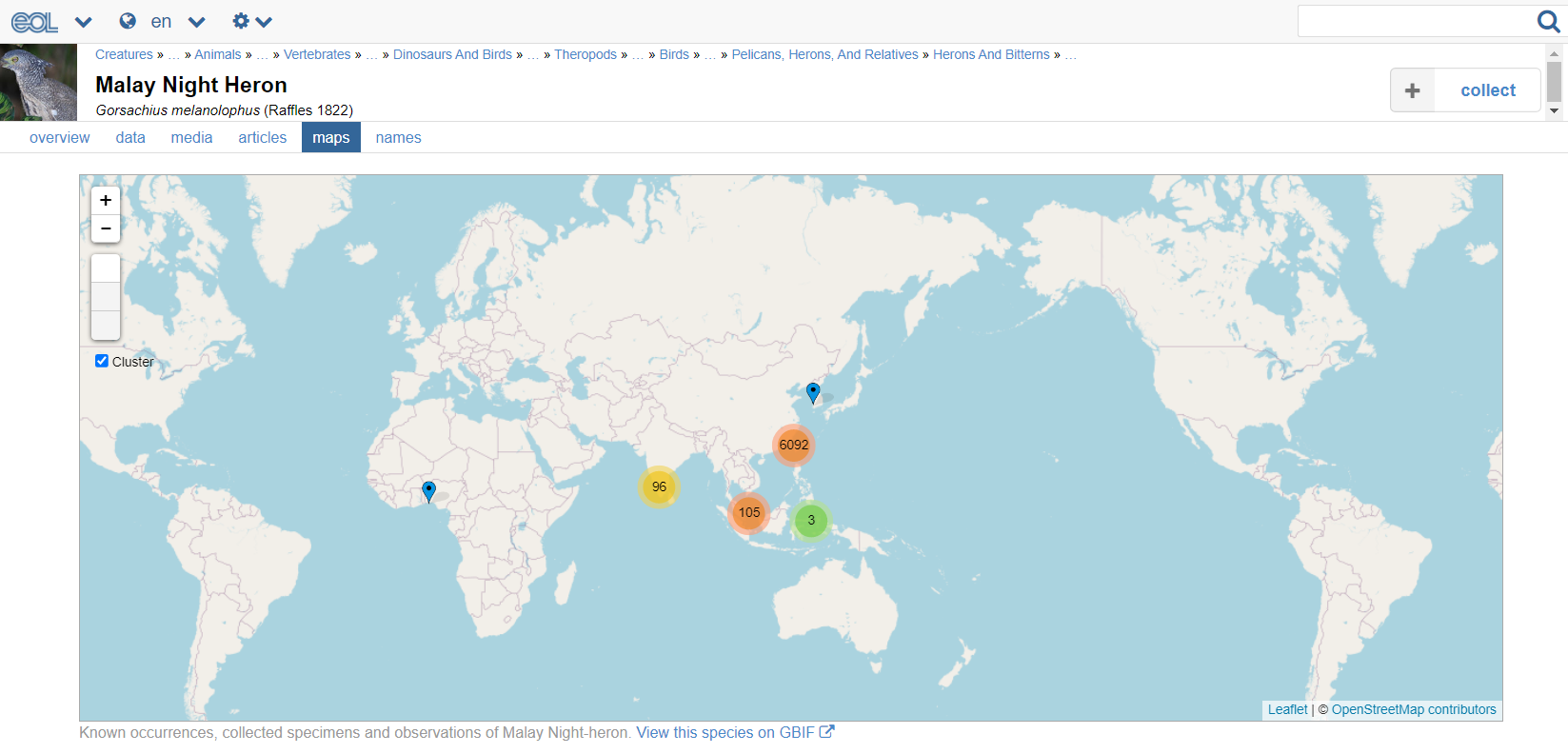
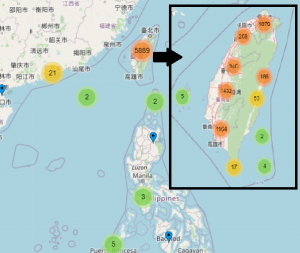
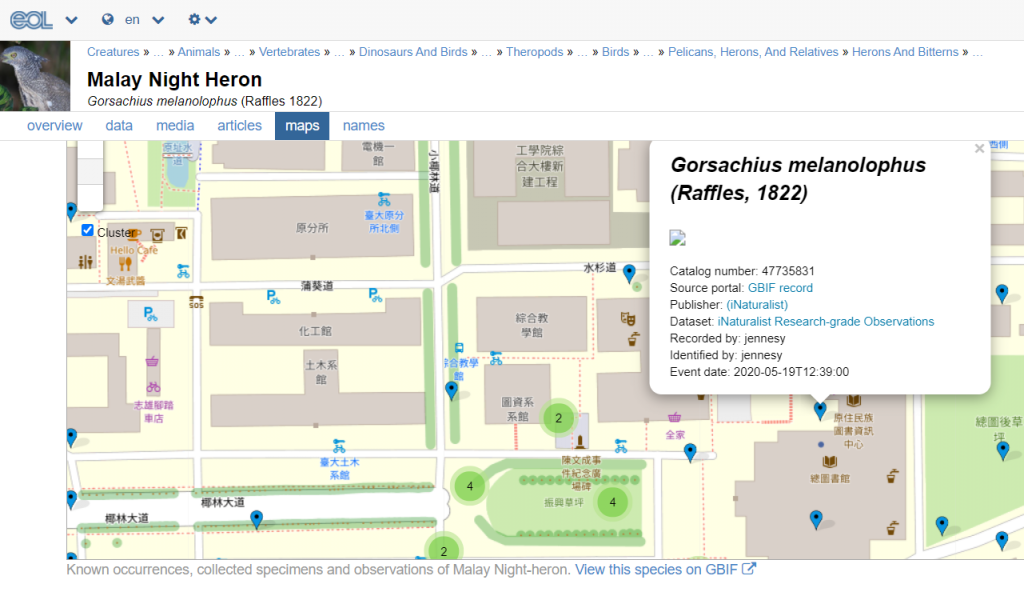
- Names
Scientific names, preferred names, alternative names, and names in other languages are displayed as the curated hierarchies of the species.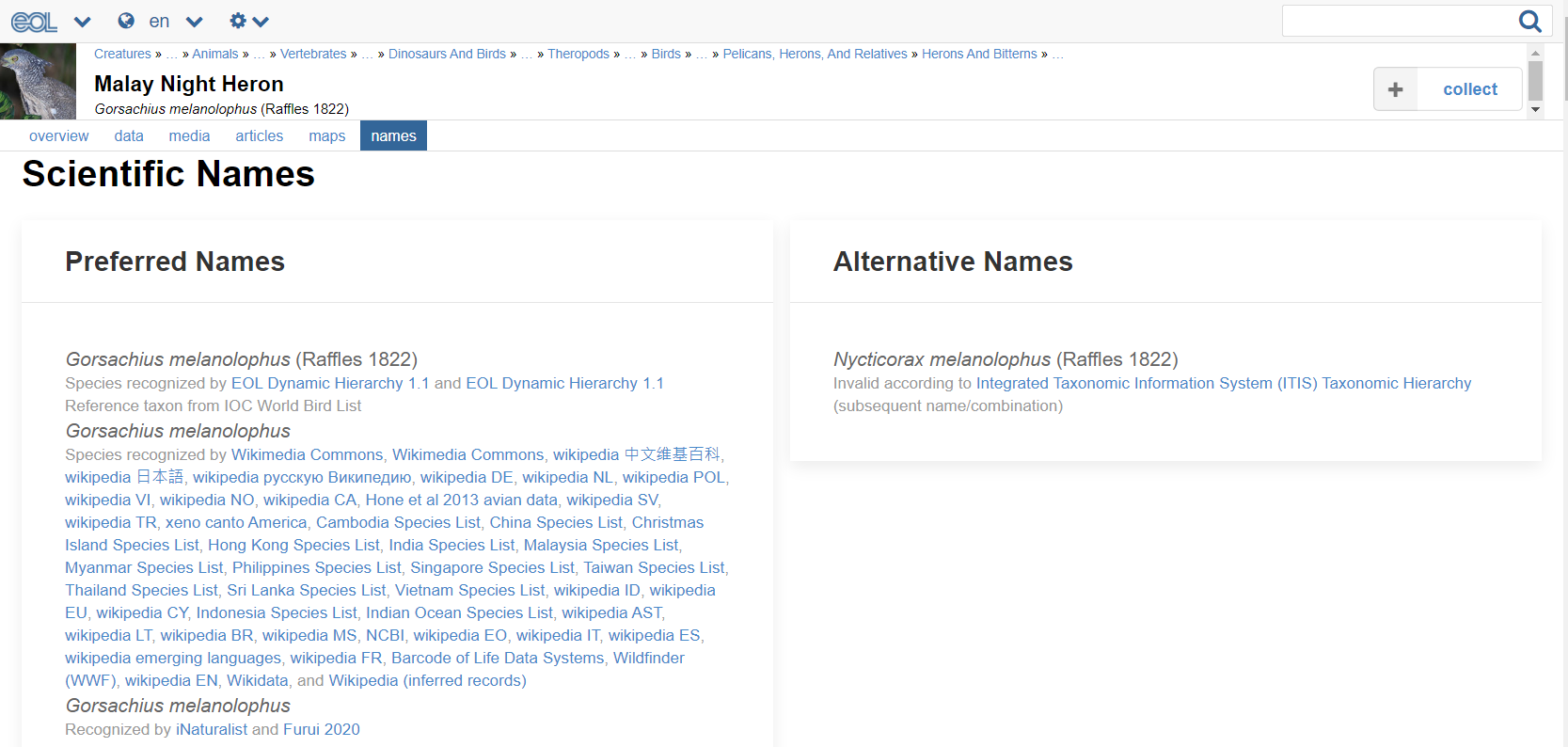
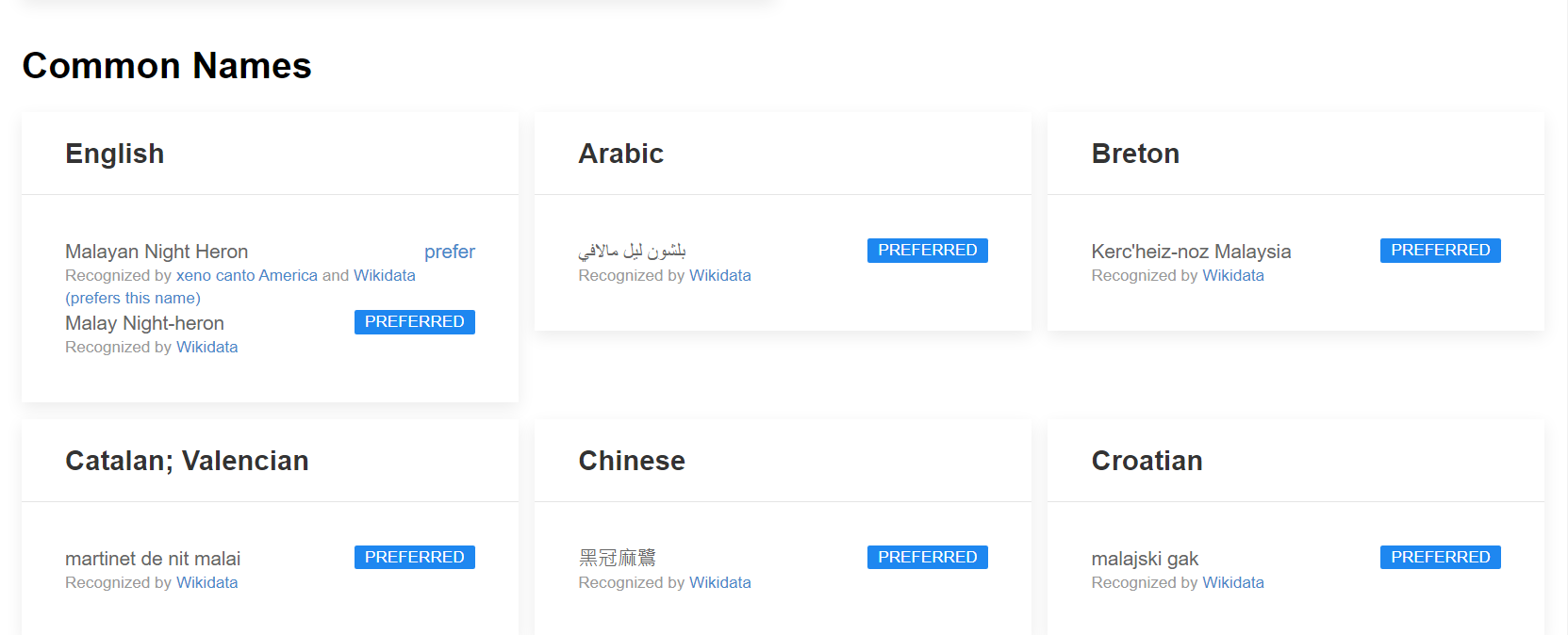
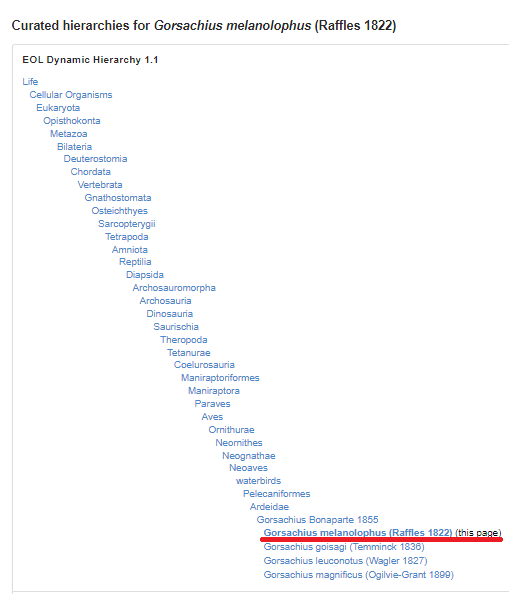
EOL is not only a handy tool; you can know more about the species on Earth and where they are found.
References:
- Encyclopedia of Life. https://en.wikipedia.org/wiki/Encyclopedia_of_Life
- National Museum of Natural History (n.d.). About the Encyclopedia of Life. https://education.eol.org/about
- 中研院數位文化中心(無日期)。臺灣生命大百科緣起。https://taieol.tw/about/1524
- 浙江大學圖書館(無日期)。Encyclopedia of Life 生命大百科全書。http://libweb.zju.edu.cn/_t1689/2019/0929/c40701a1695310/page.htm
【中文版】為全球提供有關地球上生命的知識— 網路生命大百科(Encyclopedia of Life)介紹
by Mei-Mei Chang & Yu-Ting Huang

